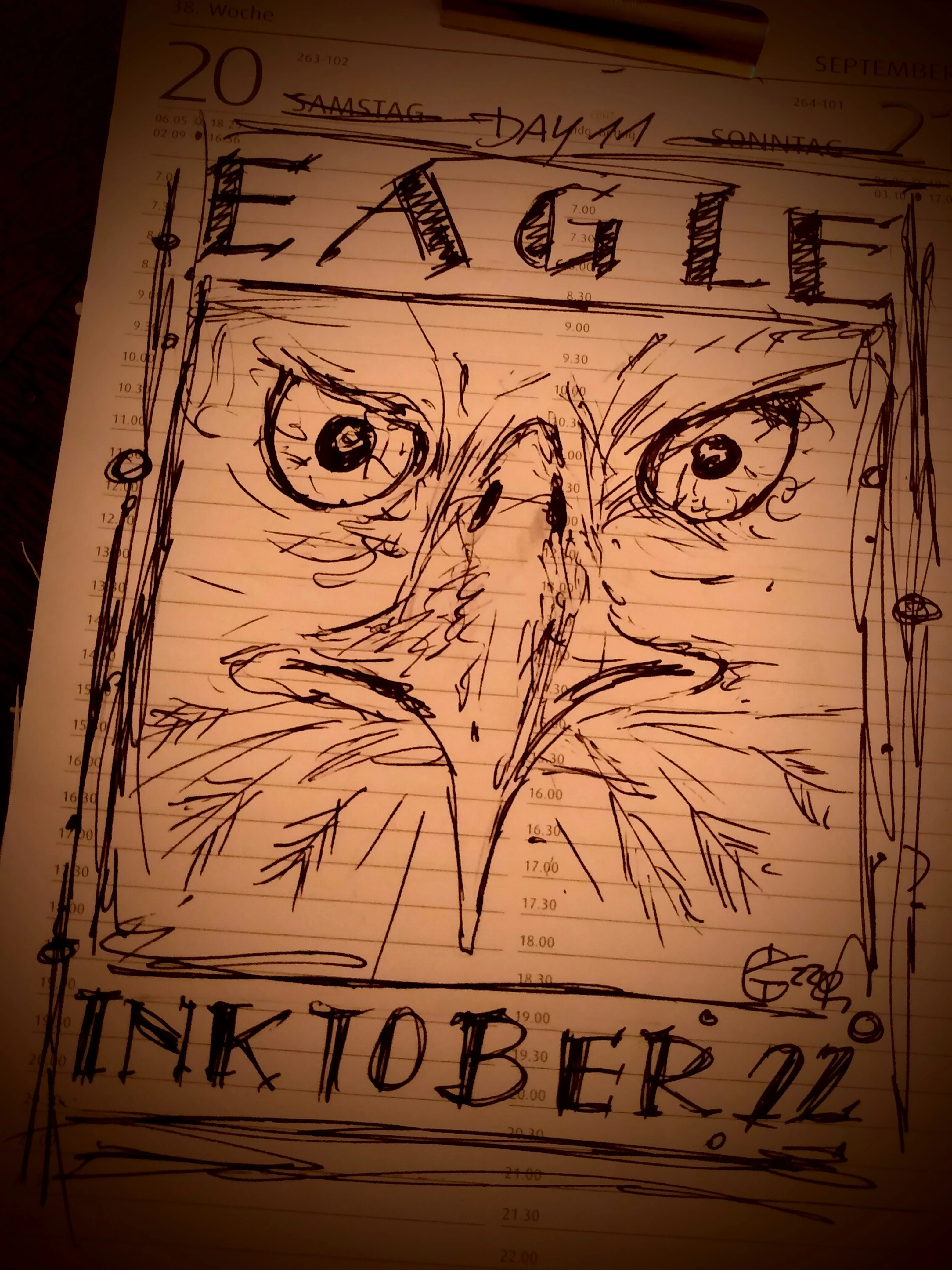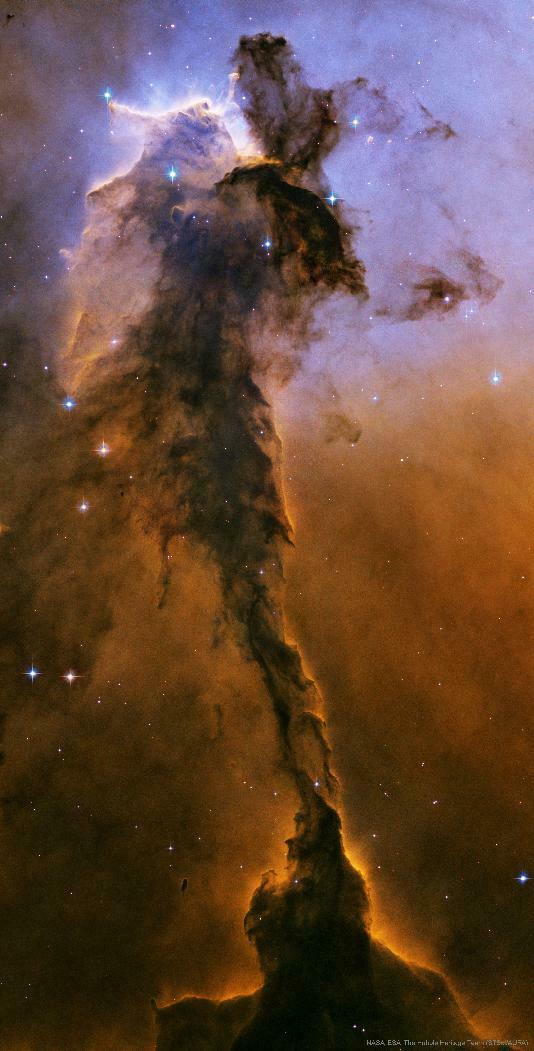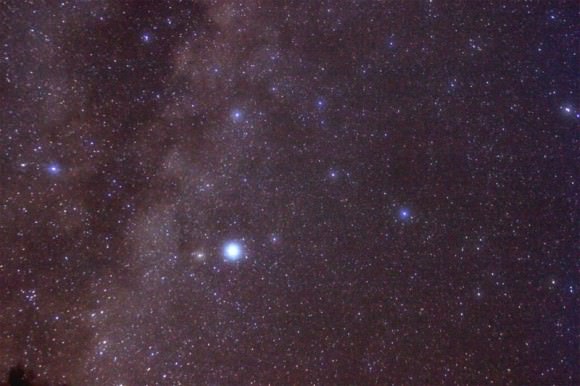#RussellMorris 7/31/1948 #Birth Australian singer-songwriter and guitarist who had
https://www.youtube.com/watch?v=gq89LxOlQBw
#Wings Of An #Eagle ~ #Russell-Morris (1972)
One person like that
#RussellMorris 7/31/1948 #Birth Australian singer-songwriter and guitarist who had
https://www.youtube.com/watch?v=gq89LxOlQBw
#Wings Of An #Eagle ~ #Russell-Morris (1972)
Oh, nice, new from Joe's Trailcams....
#NaturePhotography #TrailCam #JoePiston #nature #bears #eagle #Alaska

Day11 / eagle
#AB, #AB-inktober-22 #AB-10-22, #Inktober, #Inktober22, #Krikelkrakel, #Gekritzel, #quickly_scribbled, #scribble, #doodle, #sketch #art, #eagle, #day11, #mywork



#Aquila takes it name from the Latin word for “ #Eagle”. According to classic Greek mythology, Aquila was the eagle that carried the thunderbolts of Zeus. He was also sent to retrieve the Trojan shepherd boy – Ganymede, whom Zeus desired – to become a wine-pourer for the gods. Aquila’s proximity to Aquarius, which represents Ganymede, is one of the reasons why the constellation is so-named.
Though it one of the 48 constellations included by Ptolemy in the Almagest, the first recorded mention of Aquila that still survives come from Eudoxus of Cnidus – a Greek astronomer and student of Plato’s during the 4th century BCE – and Aratus, the didactic poet who wrote of the constellations in the 3rd century BCE.
Aquila’s alpha star – Altair, which is translated from the Arabic al-nasr al-tair (“flying eagle”) – is located 17 light-years from Earth. This star, a member of the easy-to-spot Summer Triangle, rotates very rapidly (286 km/s), which is what gives Altair it’s shape – i.e. flattened at the poles.


A white-tailed eagle lands on a block of ice. The blocks of ice drifting from Siberia to Hokkaido each winter bring with them many marine animals and other sources of nutrients. They are therefore an important element for the ecosystem of Hokkaido. Unfortunately, the more the years pass, the more the period and quantity of drifting ice decreases.
Photo by Michel Godimus

#Photo #Eagle by Milan Zygmunt
White-tailed Eagle
https://www.youtube.com/watch?v=qdoSy4ROZpg